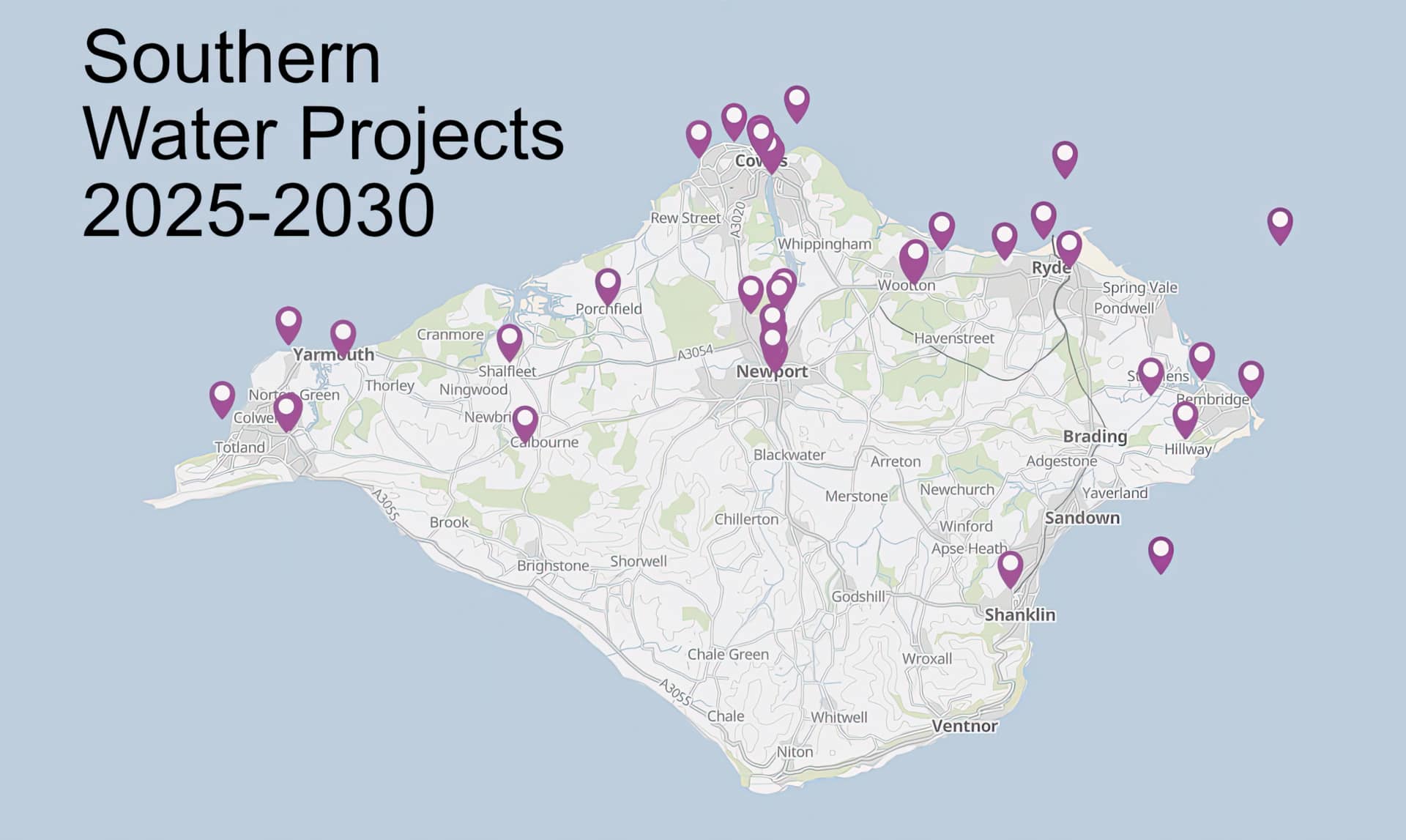Southern Water has today published its Clean Rivers and Seas Plan, outlining proposals, underpinned by £1.5 billion investment between 2025-2035, to get to the root cause of storm overflows across our region.
Storm overflows are part of the design of our combined sewer network, which captures both rainwater and wastewater. These emergency outlets are the last line of defence to stop homes and communities flooding when the sewer system becomes overwhelmed by large volumes of rain or groundwater entering the network – something we’re seeing more frequently due to erratic weather caused by climate change.
Out of almost 1,000 storm overflows in our region, 50 per cent of these are already hitting the government’s 2050 targets, releasing 10 times or less a year. This new plan will be the blueprint for how we’ll address the remaining overflows. By 2035, 75 per cent of our high priority overflows will be meeting government targets, reducing spills by an average of 8,000 a year, and by 2050 100 per cent will meet these targets.
£700 million investment
The first phase of this plan, which includes investment in the Isle of Wight, will be delivered between 2025 and 2030 and will see an investment of £700 million to focus on areas such as shellfish and bathing waters, and environmentally sensitive sites.
This means by 2030, spills will reduce by 3,000 a year.
Results are “already astonishing”
The results are already astonishing – a staggering 70 per cent reduction in spills at the nearest storm outfall on the Isle of Wight after we introduced water butts to most of the houses on a nearby street.
These ‘Pathfinder’ projects show that we’re on the right track.
Pilot pathfinder project
The Isle of Wight is home to one of our regional pathfinder projects, set up to pilot innovative solutions to slow the flow of surface water entering sewers.
Building on this important early work, the Plan will allocate £230 million to the Island’s sewage network, and install 11,000 more customer water butts and 9,000 sustainable drainage systems for local businesses, schools and care homes.
We will also improve drainage on 550 driveways and install 3,100 sustainable roadside rain gardens and tree pits to redirect and slow run-off entering the sewer.

Clean Rivers and Seas Task Force
The Clean Rivers and Seas Task Force are a team of environmental scientists, engineers, and industry experts that been leading the way testing nature-based solutions across the South-East.
These solutions work in harmony with our natural environment, slowing the volume of rainwater going into the combined sewer, and making infrastructure improvements to increase our capacity. This includes rain gardens, wetlands, tree planting schemes, installing water butts in densely urbanised areas, and optimising our existing infrastructure.
Understand customers want to see change now
We understand our customers want to see change now. We face tough choices in striking a balance between environmental protection and minimising the impact on bills for customers.
Although customers will notice the impact reflected in their bills, the average water bill is one of the lowest household bills. Some of the work will take a long time, but we are committed to investing the time and expertise to go as quickly as possible.
Share your feedback
This is why we are asking our customers for their feedback on our Clean Rivers and Seas Plan so they can tell us if they agree with how we are prioritising overflows in our region before we agree it with Ofwat, our regulator.
Gosden: We take our impact on the environment seriously
CEO of Southern Water, Lawrence Gosden, said,
“I’ve heard our customers’ concerns, and we take our impact on the environment seriously. We have a long-term strategy to 2050 that will restore and protect our regions’ rivers and coastal habitats and a large part of that will be to get to the root cause of storm overflows.
“We cannot simply switch storm overflows off. But by implementing this Clean Rivers and Seas Plan and tackling the root cause, slowing the flow of rainwater going into the combined sewer, whilst increasing capacity of our network, we can reduce their use.
“Collaboration is key, and we cannot achieve the results needed alone. That is why we are calling on our customers and local authorities to work with us and adopt solutions like water butts or sustainable drainage systems, to channel rainwater safely and slowly back into the environment. Together, we can go faster and further, protecting our communities and our environment.”
News shared by Southern Water, in their own words. Ed





